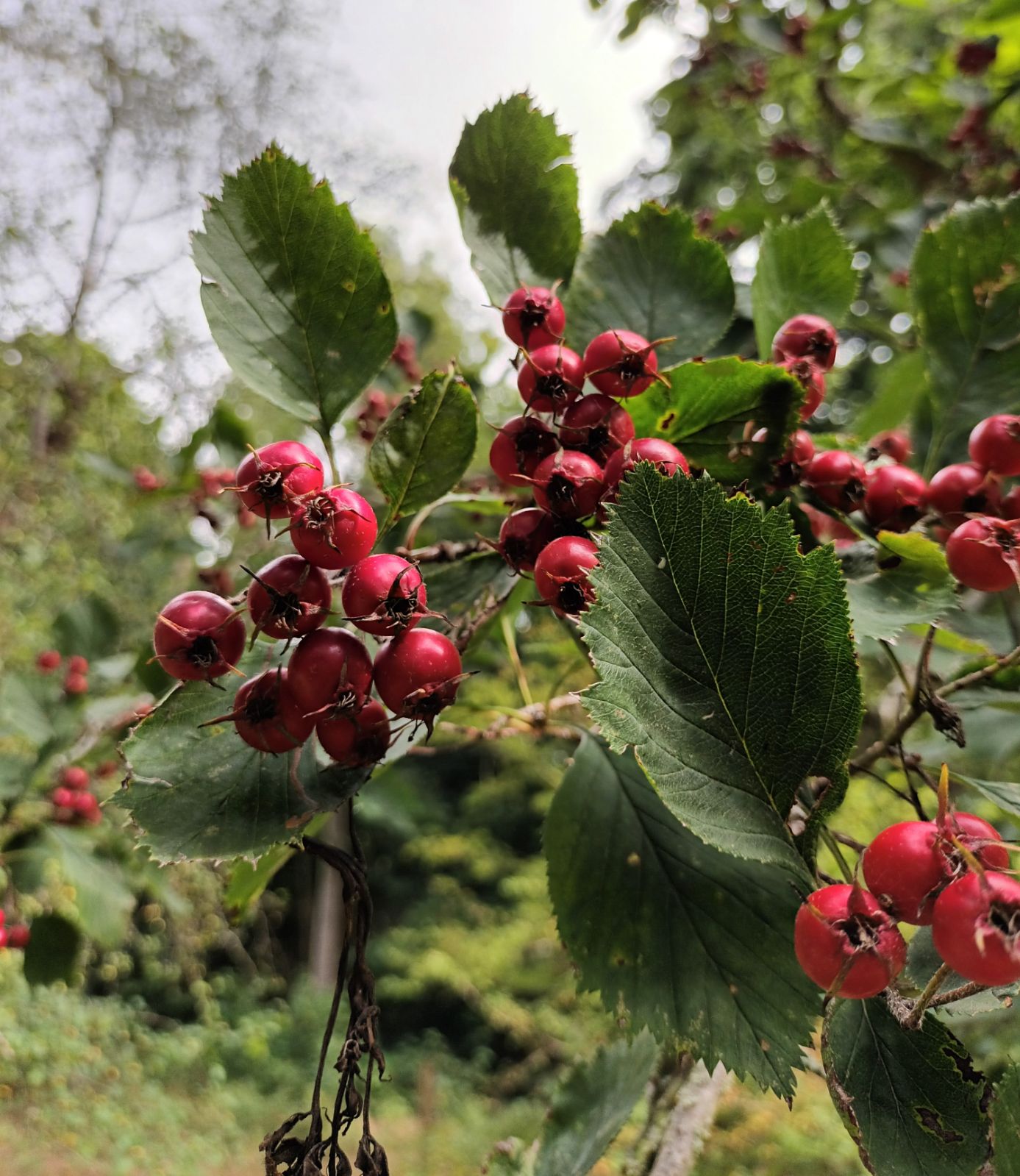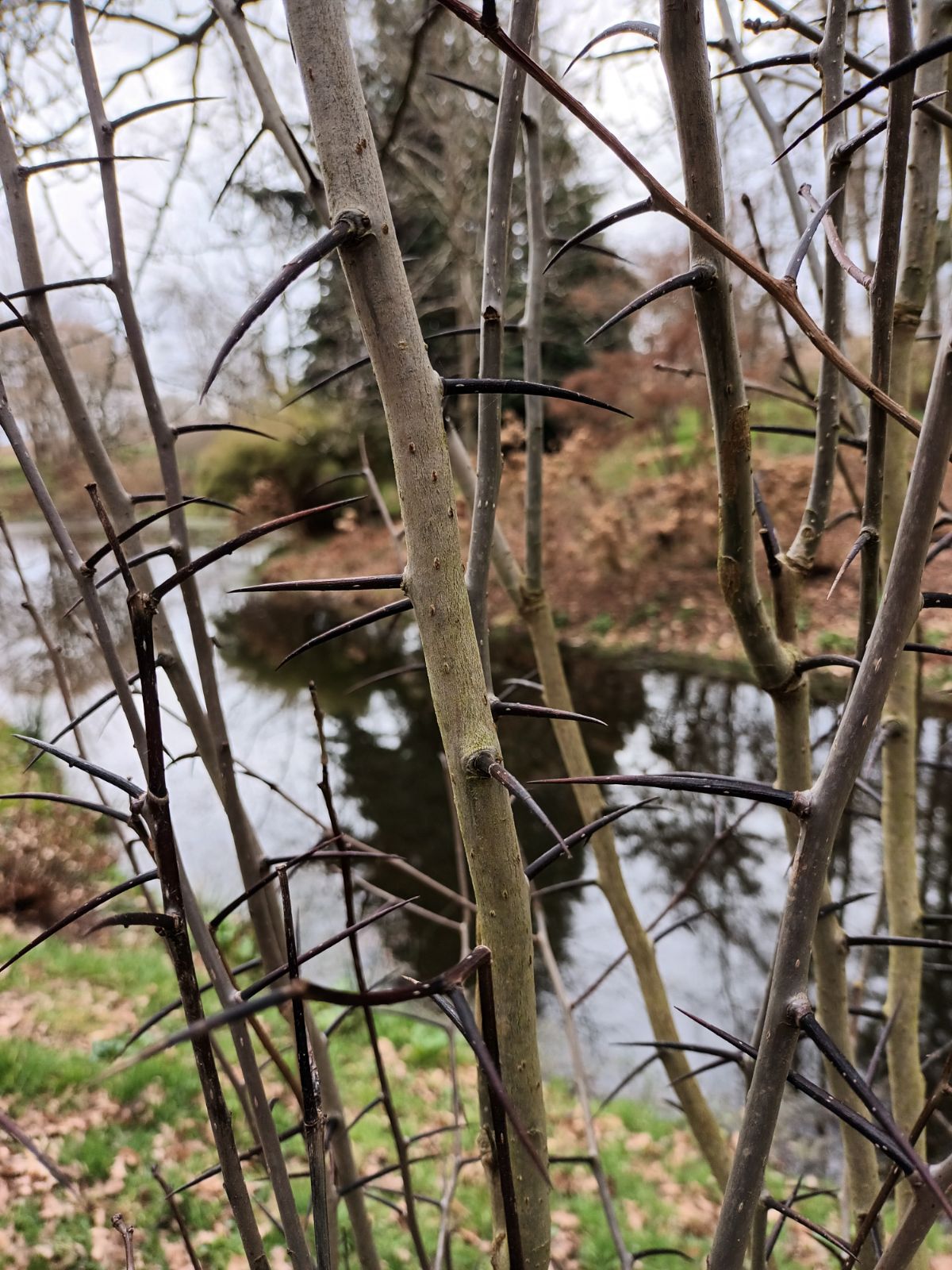Crataegus macracantha
Sponsor
Kindly sponsored by
This genus has been sponsored and new text is being prepared.
Credits
Article from Bean's Trees and Shrubs Hardy in the British Isles
Recommended citation
'Crataegus macracantha' from the website Trees and Shrubs Online (treesandshrubsonline.
Genus
Other taxa in genus
- Crataegus ambigua
- Crataegus apiifolia
- Crataegus aprica
- Crataegus azarolus
- Crataegus baroussana
- Crataegus brachyacantha
- Crataegus chlorosarca
- Crataegus chrysocarpa
- Crataegus chungtienensis
- Crataegus coccinioides
- Crataegus crus-galli
- Crataegus cuneata
- Crataegus × dippeliana
- Crataegus douglasii
- Crataegus dsungarica
- Crataegus durobrivensis
- Crataegus flabellata
- Crataegus flava
- Crataegus henryi
- Crataegus heterophylla
- Crataegus intricata
- Crataegus jozana
- Crataegus laevigata
- Crataegus × lavallei
- Crataegus marshallii
- Crataegus mexicana
- Crataegus meyeri
- Crataegus mollis
- Crataegus monogyna
- Crataegus nigra
- Crataegus oliveriana
- Crataegus orientalis
- Crataegus oxyacantha
- Crataegus pedicellata
- Crataegus pentagyna
- Crataegus phaenopyrum
- Crataegus pinnatifida
- Crataegus pruinosa
- Crataegus prunifolia
- Crataegus pseudoheterophylla
- Crataegus punctata
- Crataegus sanguinea
- Crataegus spathulata
- Crataegus stipulacea
- Crataegus succulenta
- Crataegus tanacetifolia
- Crataegus tomentosa
- Crataegus uniflora
- Crataegus viridis
- Crataegus wattiana
- Crataegus wilsonii
A tree up to 15 ft or more high, and perhaps the most formidably armed of all thorns, the spines being sometimes 4 or 5 in. long, and very abundant; young shoots reddish brown, glabrous. Leaves roundish oval or obovate, 2 to 4 in. long, 11⁄2 to 3 in. wide; tapered more or less at the base, pointed at the apex, the upper part usually more or less lobed; sharply toothed; dark green, leathery, glabrous above except when young; remaining downy beneath, although finally only on the parallel veins (of which there are six or seven pairs) and the midrib; stalk 1⁄4 to 3⁄4 in. long. Flowers white, 3⁄4 in. across, produced in May and June in corymbs 2 or 3 in. wide; flower-stalk either downy or not; calyx-lobes narrow, downy inside, glandular-toothed; stamens eight to ten, anthers yellow. Fruit globose, bright crimson, 1⁄3 to 1⁄2 in. diameter.
Native of eastern N. America; introduced in 1819. It is one of the most remarkable of all thorns in the extraordinary number and size of its thorns, even larger than in C. crus-galli. It is also one of the handsomest in fruit, a good grower, and very hardy. It differs from both C. tomentosa and C. succulenta in having not more than ten stamens, and yellow anthers. All three species are characterised by a longitudinal cavity on the inner side of the nutlets.


